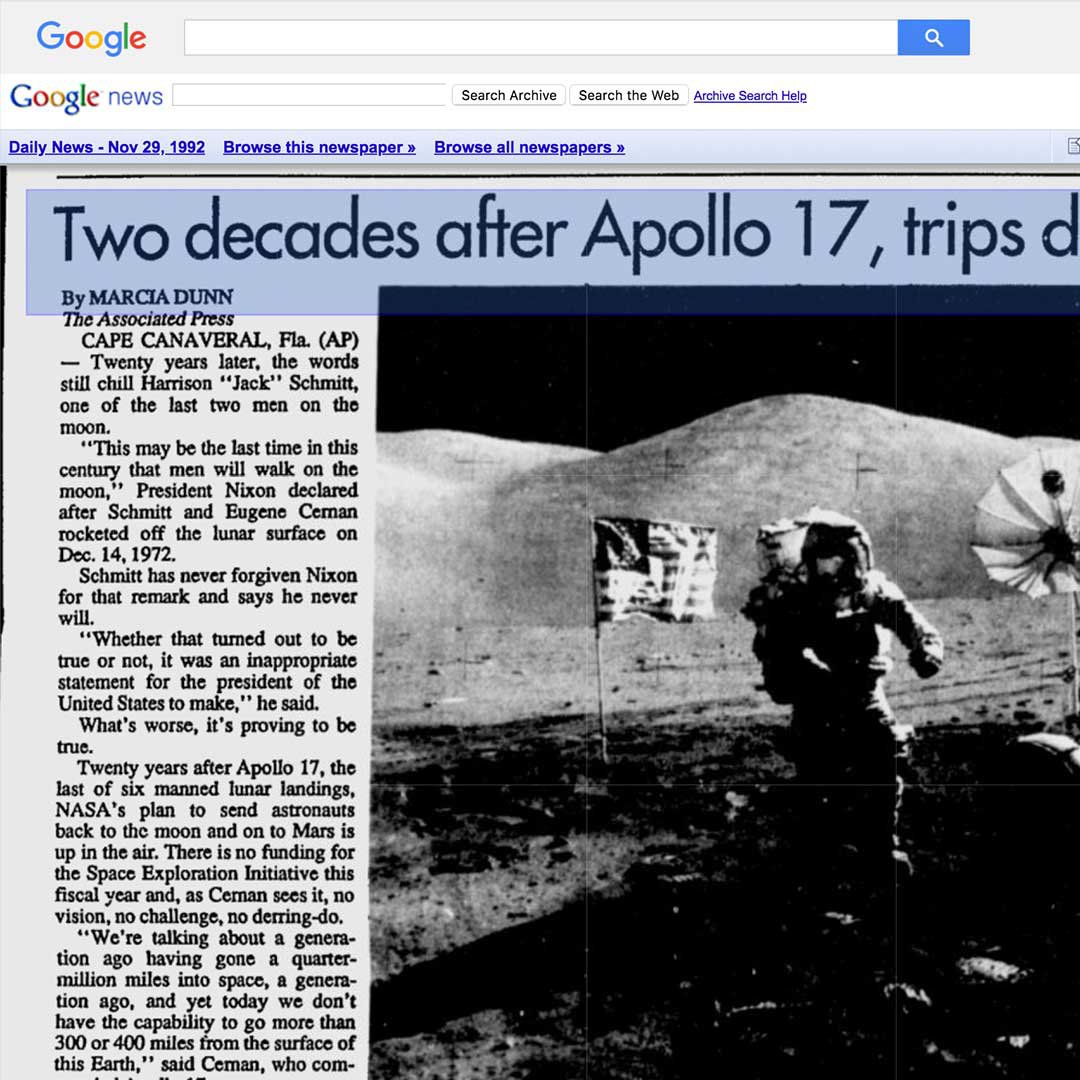Unknown Facts About News Articles
Table of ContentsThe 25-Second Trick For News ArticlesFascination About News ArticlesThe smart Trick of News Articles That Nobody is DiscussingNot known Facts About News ArticlesNews Articles - Truths
Good expertise of different subjects offers pupils a competitive edge over their peers. Despite the fact that electronic and social media are readily obtainable, we must not fail to remember exactly how important it is to review the newspapers. Moms and dads must attempt and inculcate the routine of reading a paper as a daily regimen to continue the tradition of the revered print medium.Information stories likewise include a minimum of one of the complying with crucial features about the intended target market: closeness, importance, timeliness, human rate of interest, peculiarity, or repercussion. The relevant term journalese is sometimes used, typically pejoratively, to describe news-style writing. One more is headlinese. Papers normally follow an expository writing style.
Within these restrictions, information tales likewise aim to be extensive. Among the larger and more reputable newspapers, fairness and equilibrium is a significant aspect in providing info.
Newspapers with a global audience, as an example, tend to use a more official design of composing. The particular options made by an information electrical outlet's editor or content board are usually gathered in a style guide; typical design guides consist of the and the US Information Design Book. The primary goals of information writing can be summarized by the ABCs of journalism: precision, brevity, and clearness.
The Ultimate Guide To News Articles
As a rule, reporters will not make use of a lengthy word when a brief one will do. They use subject-verb-object building and brilliant, energetic prose (see Grammar). They supply anecdotes, examples and metaphors, and they seldom depend upon generalizations or abstract concepts. Information authors try to avoid utilizing the very same word extra than as soon as in a paragraph (sometimes called an "echo" or "word mirror").
Nevertheless, headings occasionally leave out the subject (e.g., "Jumps From Boat, Catches in Wheel") or verb (e.g., "Feline lady fortunate"). A subhead (also subhed, sub-headline, subheading, caption, deck or dek) can be either a subservient title under the major heading, or the heading of a subsection of the short article. It is a heading that comes before the major message, or a team of paragraphs of the main message.

Extra signboards of any of these types might show up later in the write-up (particularly on succeeding web pages) to entice additional reading. Such signboards are also utilized as pointers to the post in various other areas of the magazine or website, or as promotions for the item in various other magazine or websites. Normal framework with title, lead paragraph (recap in bold), various other paragraphs (details) and call information.

Instance of a hard-lead paragraph NASA is proposing an additional space job. The budget plan requests around $10 billion for the job.
The NASA statement came as the agency requested $10 billion of appropriations for the job. An "off-lead" is the second most crucial front page news of the day. The off-lead appears either in the top left corner, or directly below the lead on the right. To "bury the lead" is to begin the write-up with background details or details of second significance to the viewers, forcing them to review more deeply into a post than they must have to in order to uncover the essential points.
Not known Facts About News Articles
Common usage is that one or two click resources sentences each form their own paragraph. Journalists normally define the company or framework of a newspaper article as an inverted pyramid. The crucial and most fascinating aspects of a story are put at the beginning, with supporting information following in order of diminishing significance.
It allows people to discover a subject to just the deepness that their inquisitiveness takes them, and without the charge of information or subtleties that they can think about pointless, yet still making that information offered to more interested readers. The upside down pyramid structure also enables posts to be cut to any type of approximate length throughout format, to suit the space available.
Some writers begin their tales with the "1-2-3 lead", yet there are several kinds of lead available. This style usually begins with a "5 Ws" opening up paragraph (as described above), complied with by an indirect quote that serves to support a major component of the initial paragraph, and after that a direct quote to sustain the indirect quote. [] A kicker can describe several points: The last story in the news program; a "delighted" tale to end the program.
Longer articles, such as magazine cover articles and the items that lead the within areas of a newspaper, are called. Attribute tales differ from straight news in numerous methods. Foremost is the lack of a straight-news lead, the majority of the moment. Instead of supplying the significance of a story in advance, feature writers may try to draw readers in.
The Facts About News Articles Uncovered
A function's initial paragraphs often relate an interesting moment or event, as in an "anecdotal lead". From the details of an individual or episode, its view rapidly expands to abstract principles regarding try here the tale's subject.
The Editor's Toolbox: A Referral Guide for Beginners and Professionals (2001) Allan M. Siegal and William G. Connolly. The read this article New York City Times Guidebook of Style and Use: The Official Design Guide Utilized by the Writers and Editors of the World's Most Reliable Newspaper (2002) M. L. Stein, Susan Paterno, and R.